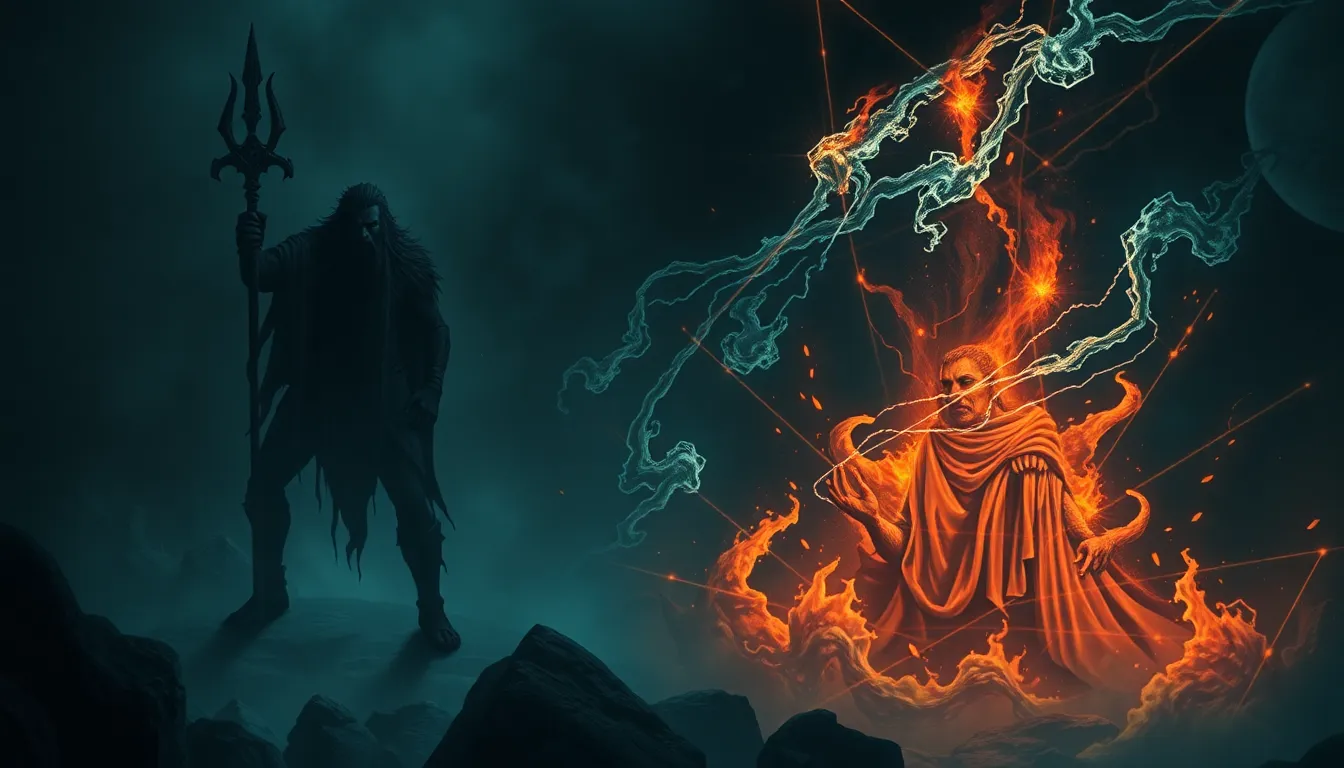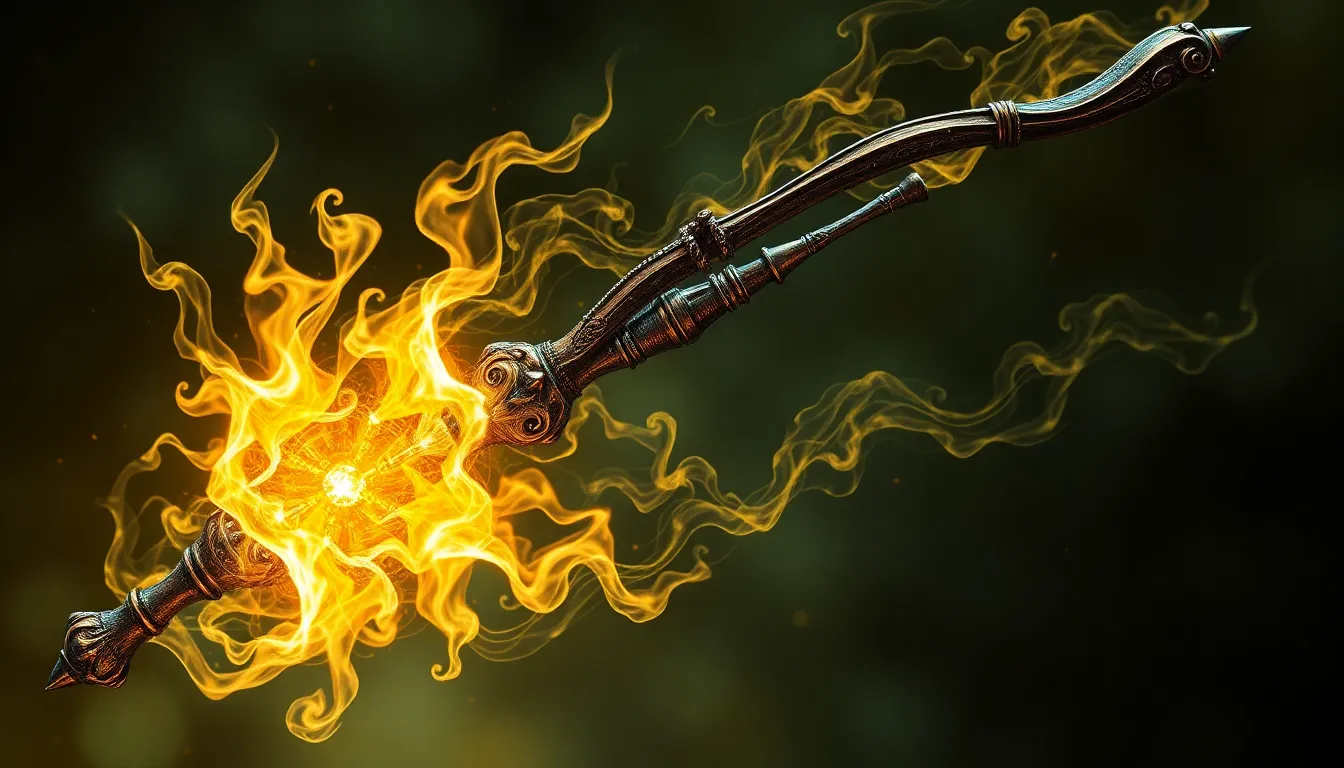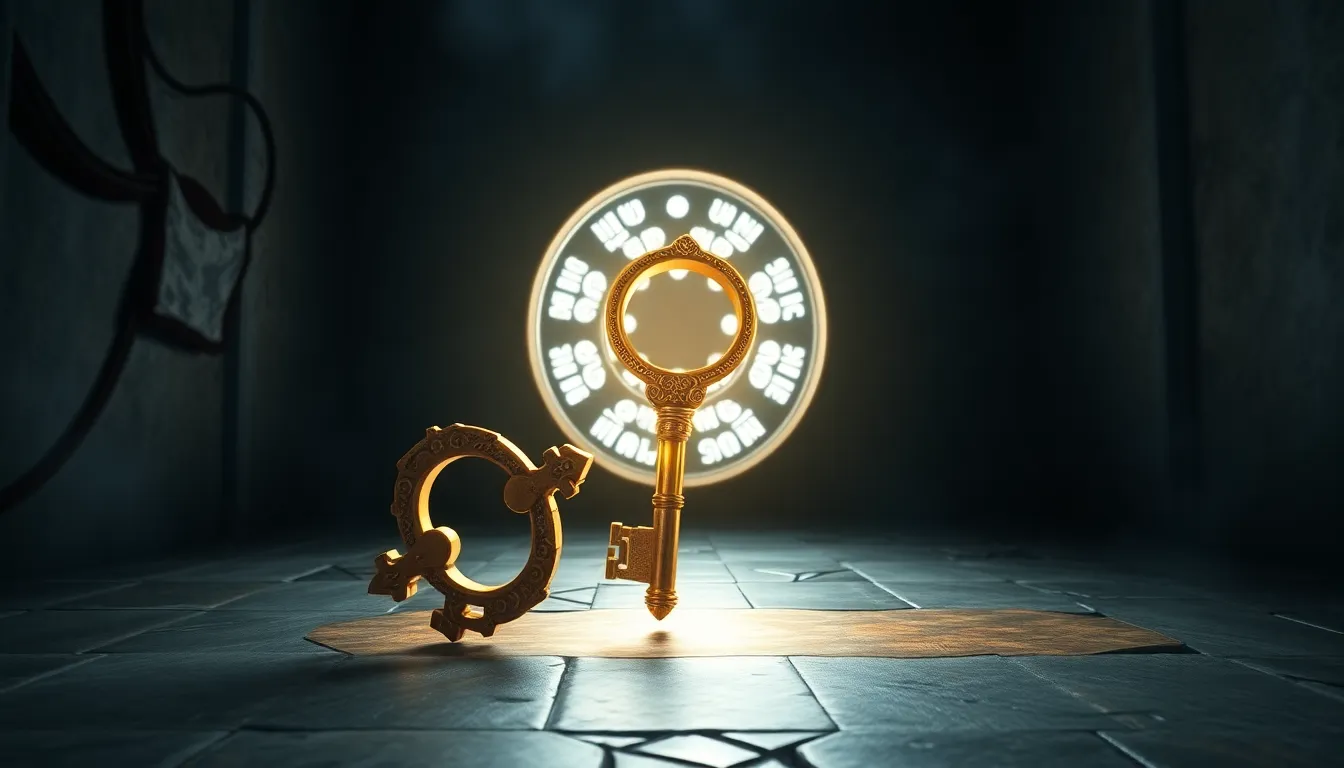Cursed by the Divine: The Most Notorious Punishments in Mythology
I. Introduction
Mythology is replete with tales of divine punishment, where gods enact retribution on mortals for their transgressions. These narratives serve not only as cautionary tales but also as reflections of the values and beliefs of the cultures from which they originate. The importance of these myths lies in their ability to convey moral lessons, cultural identity, and an understanding of the divine’s role in human affairs.
This article explores the concept of divine punishment across various mythologies, examining notable cases from Greek, Roman, Norse, Egyptian, and Hindu traditions. By analyzing these narratives, we can glean insights into how ancient societies perceived justice, morality, and the consequences of defiance against the divine.
II. The Concept of Divine Punishment
Divine punishment often serves as a means for the gods to maintain order and enforce moral codes within their societies. In ancient cultures, gods were seen as omnipotent beings whose will was synonymous with the law. Thus, when mortals acted against the will of the gods, divine retribution was expected.
The moral implications of divine punishment are profound; they often reflect societal values and the consequences of actions. These tales blur the lines between punishment and justice, raising questions about fairness and the nature of retribution. In mythology, punishment is typically seen as a necessary means to restore balance, rather than as mere vengeance.
III. Greek Mythology: The Wrath of the Olympians
Greek mythology is rich with stories of gods who wield their power to punish mortals. The major Olympian gods each had distinct domains and personalities, often leading to catastrophic consequences for those who defied them.
A. Overview of Major Greek Gods and Their Domains
- Zeus: King of the gods, associated with the sky and thunder.
- Hera: Goddess of marriage and family, often vengeful towards Zeus’s lovers.
- Poseidon: God of the sea, known for his temper and control over storms.
- Athena: Goddess of wisdom and warfare, revered for her strategic prowess.
B. Case Study: Prometheus and the Gift of Fire
Prometheus, a Titan, defied Zeus by stealing fire from the gods and gifting it to humanity. As punishment, Zeus condemned him to perpetual torment, having him bound to a rock where an eagle would eat his liver daily, only for it to regenerate overnight.
This punishment symbolizes the struggle between divine will and human advancement. Prometheus represents the quest for knowledge and the price of challenging the gods.
C. Case Study: Arachne’s Hubris and Transformation into a Spider
Arachne, a talented weaver, boasted that her skills surpassed those of Athena. Offended, Athena challenged her to a weaving contest. When Arachne’s work proved superior, Athena transformed her into a spider, condemning her and her descendants to weave for eternity.
This tale explores themes of pride and the consequences of hubris, highlighting the importance of humility in the face of divine power.
IV. Roman Mythology: Vengeful Deities and Their Disciples
Roman mythology, heavily influenced by Greek beliefs, also features vengeful deities who punish mortals for their arrogance or transgressions.
A. Influence of Greek Mythology on Roman Beliefs
Many Roman gods were directly borrowed from Greek mythology, often with different names and slightly altered characteristics. The Romans adapted these myths to reflect their own cultural values and societal norms.
B. Case Study: Niobe’s Transformation into Stone
Niobe, queen of Thebes, boasted about her fourteen children, comparing herself to Leto, the mother of Apollo and Artemis. In retaliation for her arrogance, Apollo and Artemis killed all of Niobe’s children. Stricken with grief, Niobe was turned into stone, forever weeping.
This story examines the themes of grief and arrogance, illustrating the devastating consequences of pride and the severe nature of divine retribution.
C. Case Study: Actaeon’s Metamorphosis and the Price of Voyeurism
Actaeon, a skilled hunter, accidentally stumbled upon the goddess Diana bathing. Enraged by his intrusion, Diana transformed him into a stag, where he was subsequently hunted down by his own dogs.
This myth highlights the importance of respect for boundaries and the severe consequences of voyeurism, reinforcing the idea that some knowledge is forbidden.
V. Norse Mythology: The Consequences of Defiance
Norse mythology presents a pantheon of gods who embody strength and honor, often punishing those who defy their moral codes.
A. Overview of the Norse Pantheon and Their Values
- Odin: The all-father, associated with wisdom and war.
- Thor: The god of thunder, representing strength and protection.
- Loki: A trickster god, known for his cunning and deceit.
B. Case Study: Loki’s Punishment for His Betrayal
Loki, having orchestrated the death of the beloved god Baldr, was captured by the other gods. As punishment, he was bound with the entrails of his own son, and a serpent was placed above him to drip venom onto his face, causing him immense pain.
This punishment symbolizes betrayal and the consequences of disloyalty, reflecting the values of the Norse people who valued fidelity and honor.
C. Case Study: Fenrir’s Fate and the Prophesied Destruction
Fenrir, a monstrous wolf, was prophesied to bring about the death of Odin during Ragnarök. To prevent this, the gods bound him with an unbreakable chain. His fate reflects the themes of inevitability and fate, emphasizing that some destinies cannot be avoided.
VI. Egyptian Mythology: The Justice of Ma’at
In Egyptian mythology, the concept of Ma’at represents truth, balance, and cosmic order, with divine punishment serving to maintain this balance.
A. The Significance of Ma’at in Maintaining Cosmic Order
Ma’at was not only a principle but also a goddess, ensuring that the universe remained in harmony. The Egyptians believed that the gods would enact punishment on those who acted against Ma’at.
B. Case Study: The Fate of Set and the Punishment of Osiris
Set, the god of chaos, killed his brother Osiris out of jealousy. As punishment, Osiris was resurrected and became the ruler of the underworld, while Set faced ongoing conflict and turmoil, representing the eternal struggle between order and chaos.
C. Case Study: The Story of the Weighing of the Heart
In the afterlife, souls were judged by the weighing of the heart against a feather representing Ma’at. Those who lived justly would pass, while the unjust faced severe consequences, often being devoured by the monstrous Ammit.
This process underscores the moral implications of one’s actions in life, reinforcing the belief that divine justice is inevitable.
VII. Hindu Mythology: Karma and Divine Retribution
Karma, a central tenet in Hindu beliefs, emphasizes the law of cause and effect, where every action has consequences that can manifest in this life or future incarnations.
A. Introduction to the Concept of Karma in Hindu Beliefs
Karma dictates that good actions lead to positive outcomes, while bad actions result in suffering. This belief directly influences how individuals perceive justice and divine punishment.
B. Case Study: The Curse of the Sage Durvasa
Sage Durvasa was known for his short temper. He cursed King Ashvapati for a slight, leading to a series of unfortunate events for the king’s lineage. This tale emphasizes the themes of respect and humility, warning of the repercussions of anger and pride.
C. Case Study: The Retribution of Ravana
Ravana, the king of Lanka, abducted Sita, the wife of Lord Rama. As a result, he faced the wrath of Rama, leading to his ultimate defeat. This story illustrates the idea of righteous retribution and the consequences of adharma (unrighteousness).
VIII. Conclusion</h



